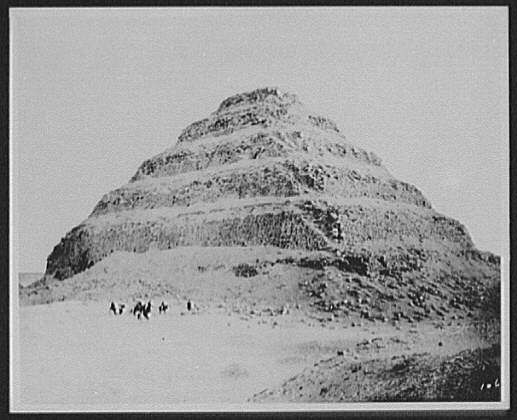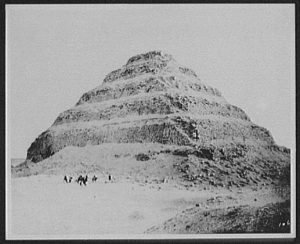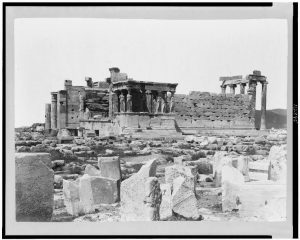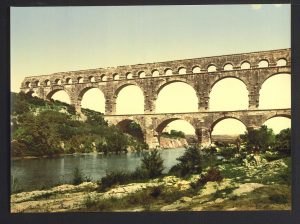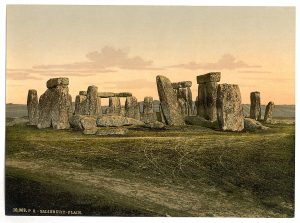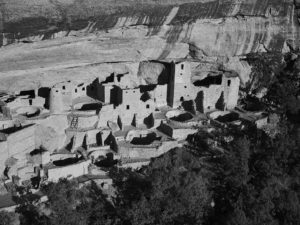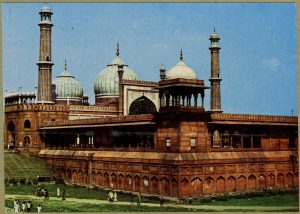What can we learn about culture from monuments and buildings?
Subject(s): World History
Time Period(s): (Beginnings To 1500 C.E.) Early Civilizations
Grade level(s): 6-8
Click here to download the powerpoint
Archaeological ruins and preserved monuments and buildings can provide many clues about cultures in ancient world history. This primary source set asks students to look for elements of culture in photographs and postcards of monuments and buildings. Consider having students do research to locate additional monuments, ruins, or buildings for civilizations you study throughout the year.
Supporting question(s):
What lasting achievements have come from early civilizations?
What questions do historians ask to help them understand the past?
What tools do historians use to learn about the past?
Source Set
- Pyramid at Dahshour
- Greece, Athens (Ancient), Erechlion from S.W.
- Roman bridge over the Gard, constructed by Agrippa, Nimes, France
- Stonehenge, Near Salisbury, England
- Cliff Dwellings, Mesa Verde
- Jama Masjid
Description
Photograph of the Pyramid at Dahshour taken by William Henry Jackson in 1894, published in Harper’s Weekly in 1898.
Description
Photograph of the Pont du Gard, an ancient Roman aqueduct. Built in the first century AD in order to carry water from a spring to a Roman colony.
Description
Photograph of Jama Masjid, Delhi, India, from a scrapbook kept by Arkansan Jeanne Hamilton, who traveled to the site.
Additional resource(s):
Teaching Archaeology Guidelines
Teaching with Monuments and Memorials
Arkansas Frameworks(s):
RH.6-8.1, 8
WHST.6-8.1A, 1B, 4, 7
H.13.6.2
